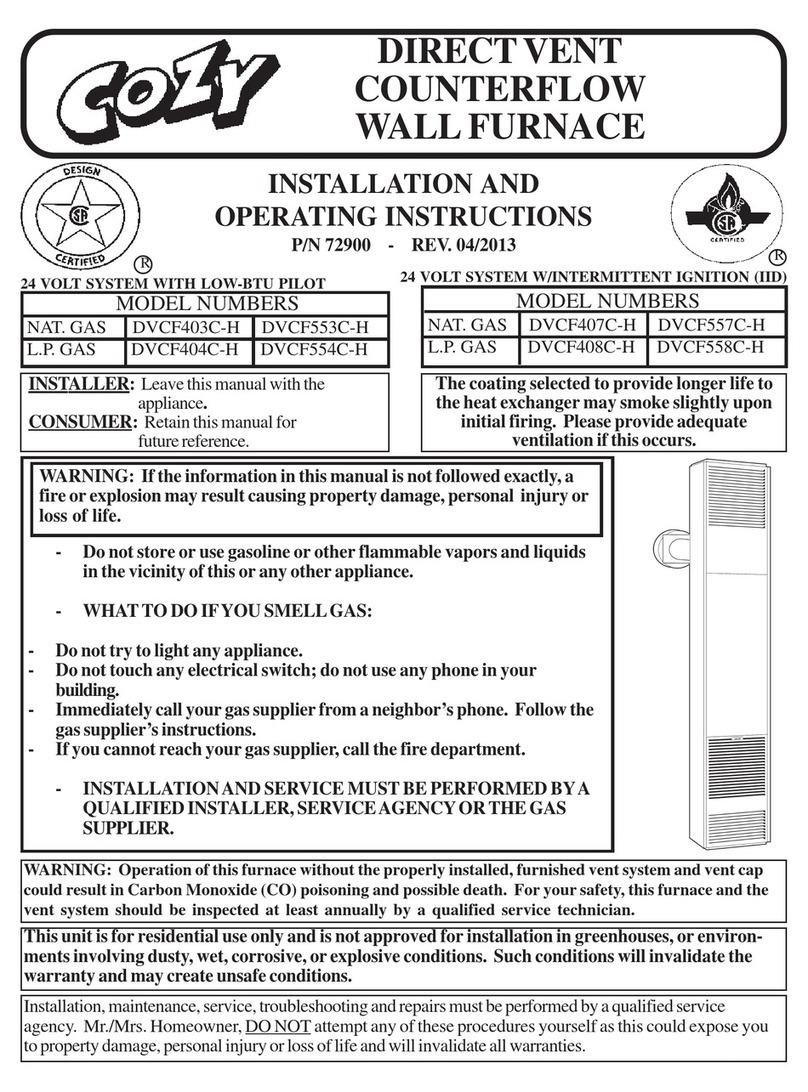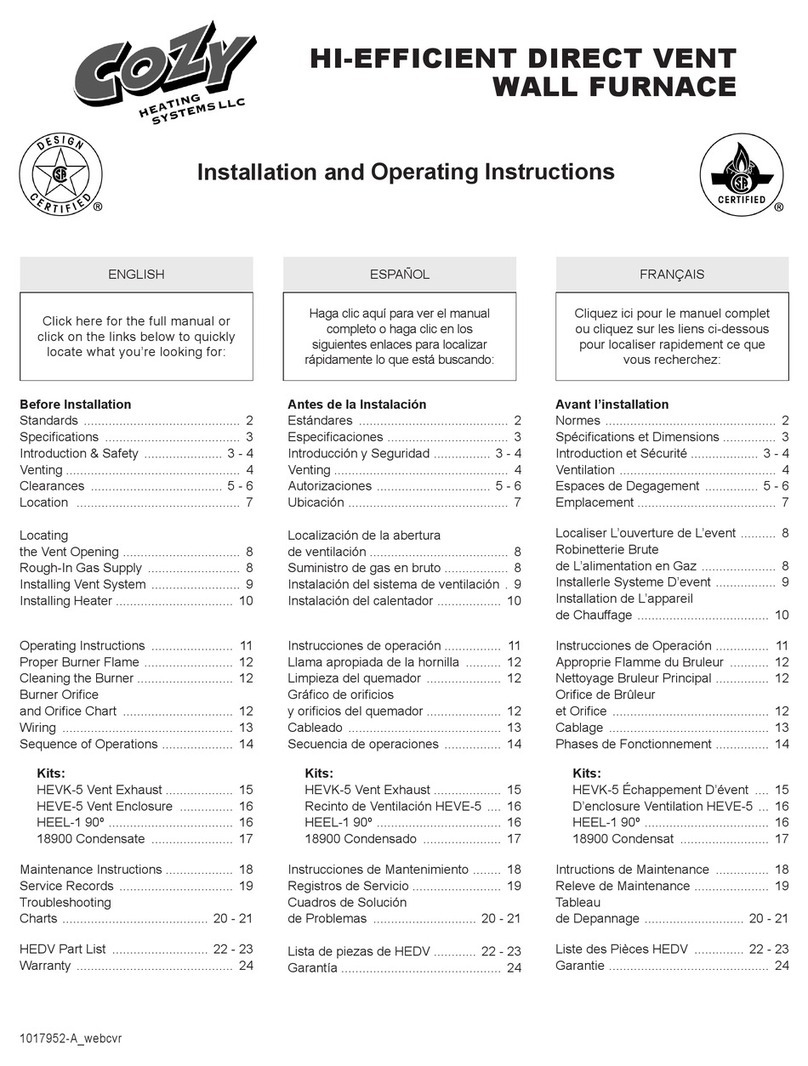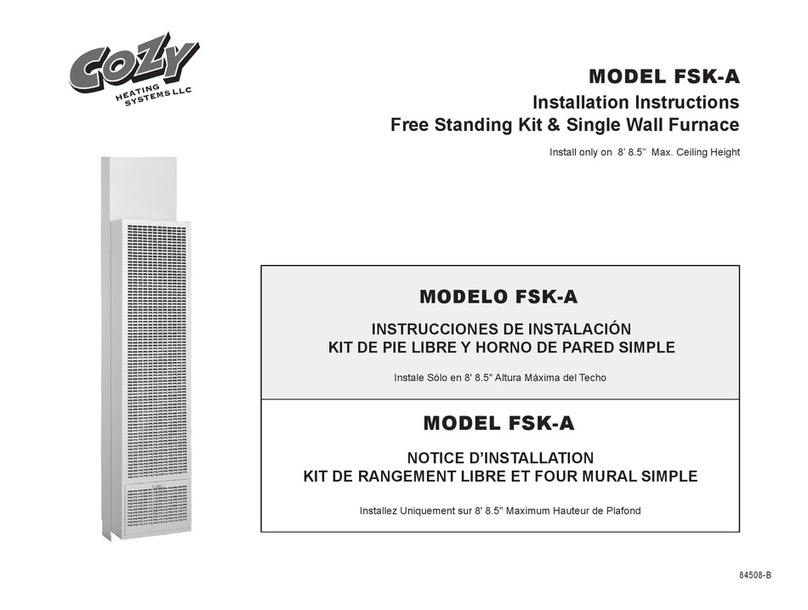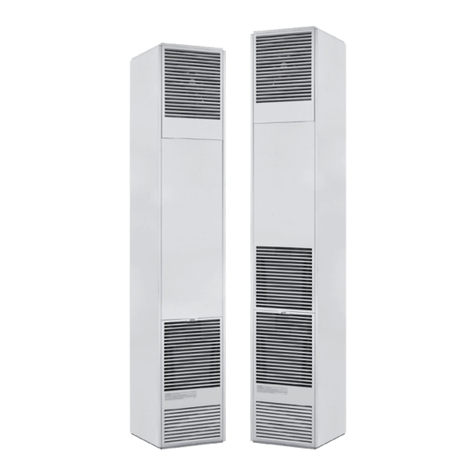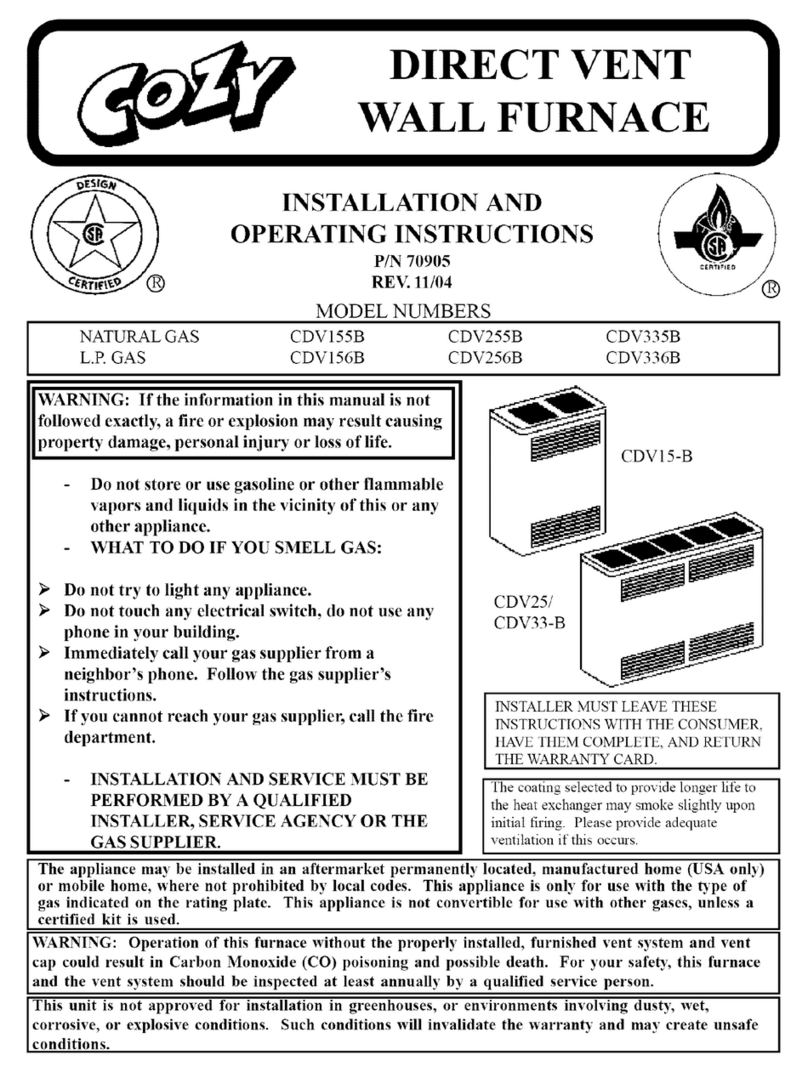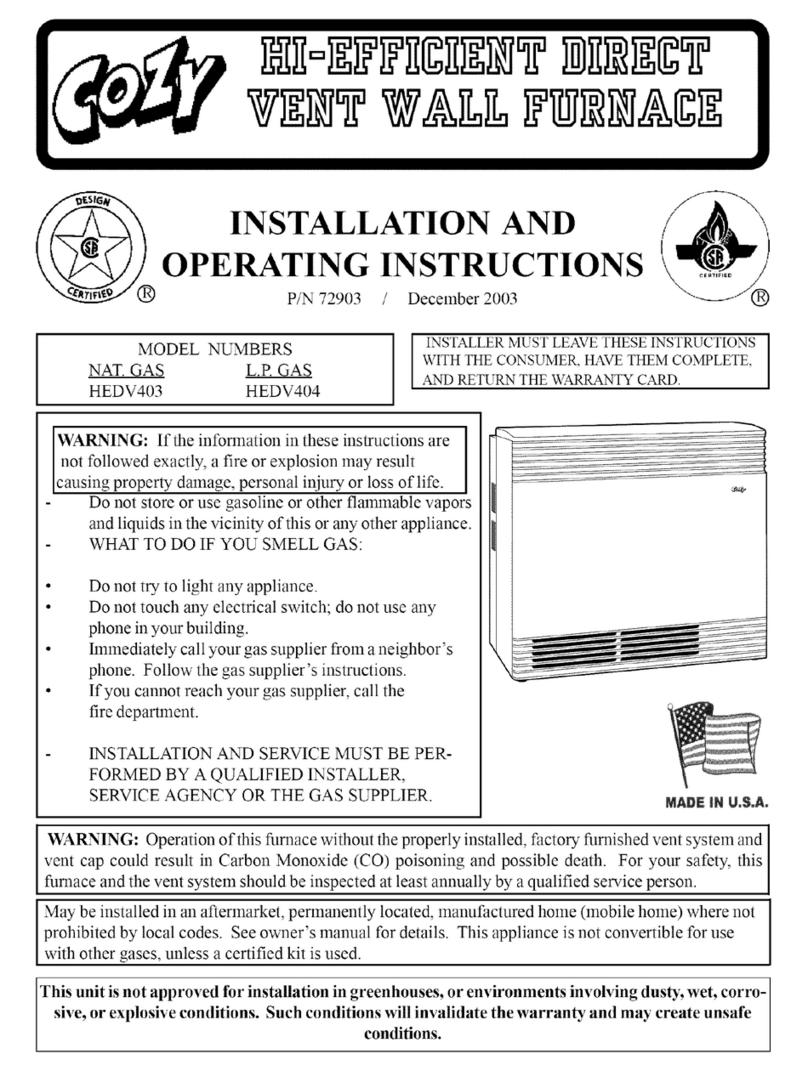COZY CF557C-H and User manual
Other COZY Wall Furnace manuals

COZY
COZY CF553D-H User manual
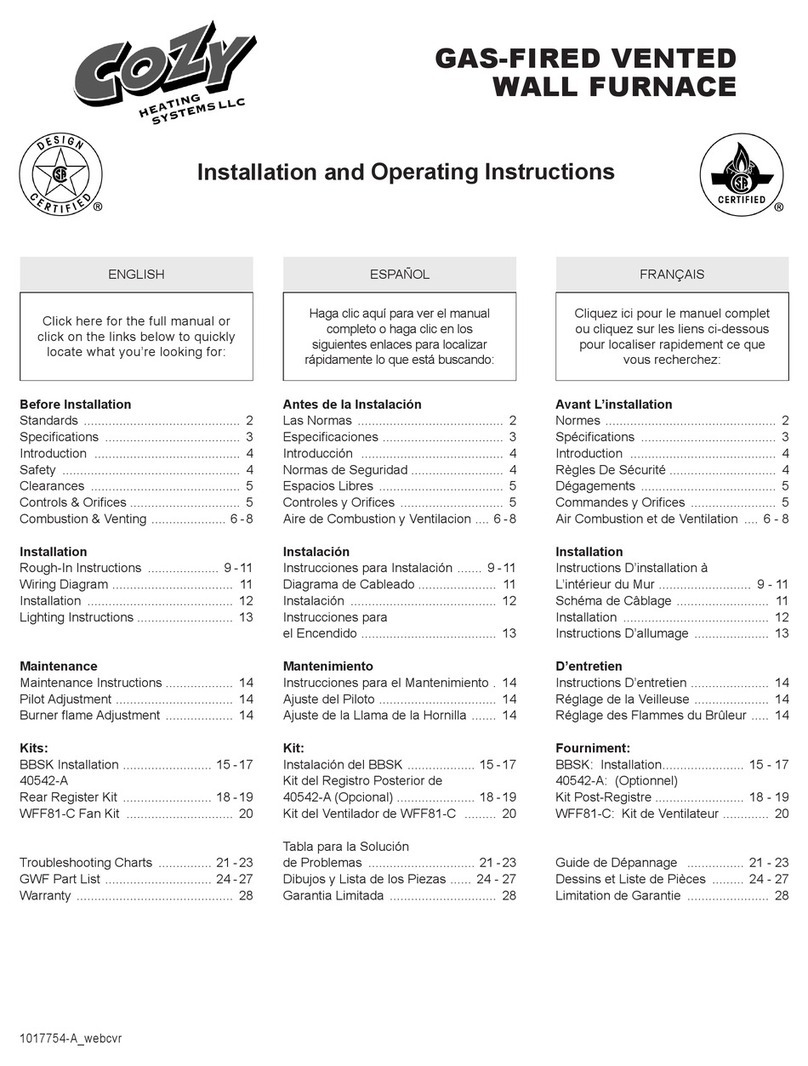
COZY
COZY W255G User manual
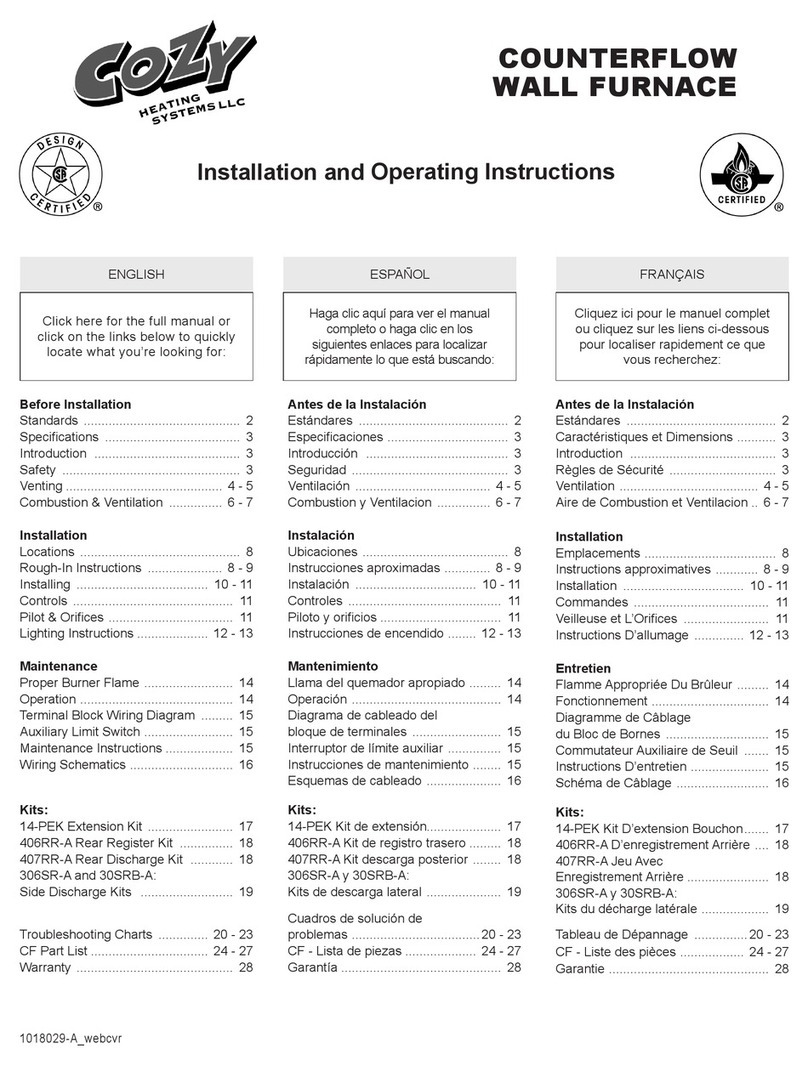
COZY
COZY CF403D-H User manual

COZY
COZY DVCF407B-R and User manual
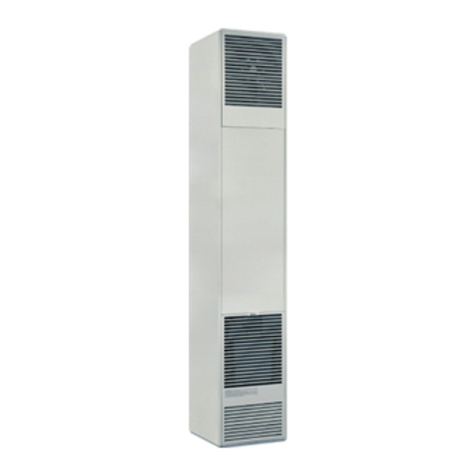
COZY
COZY DVCF653B-H and User manual
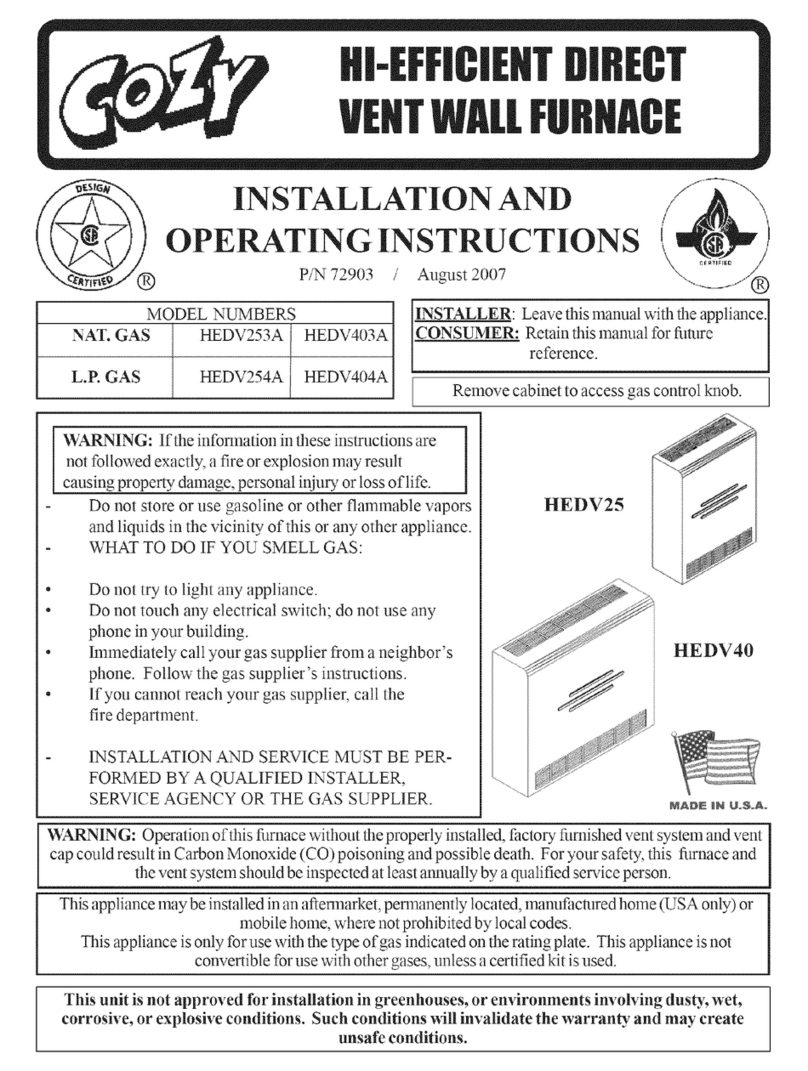
COZY
COZY HEDV254A and User manual
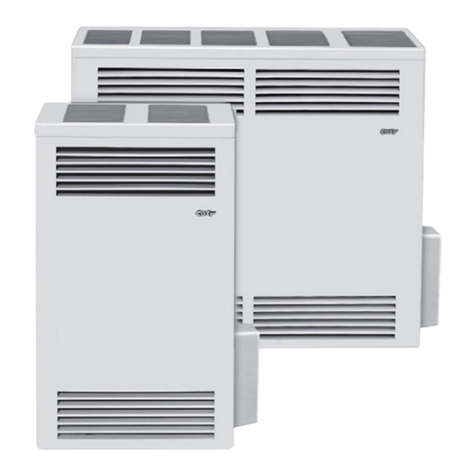
COZY
COZY CDV155DPPD User manual
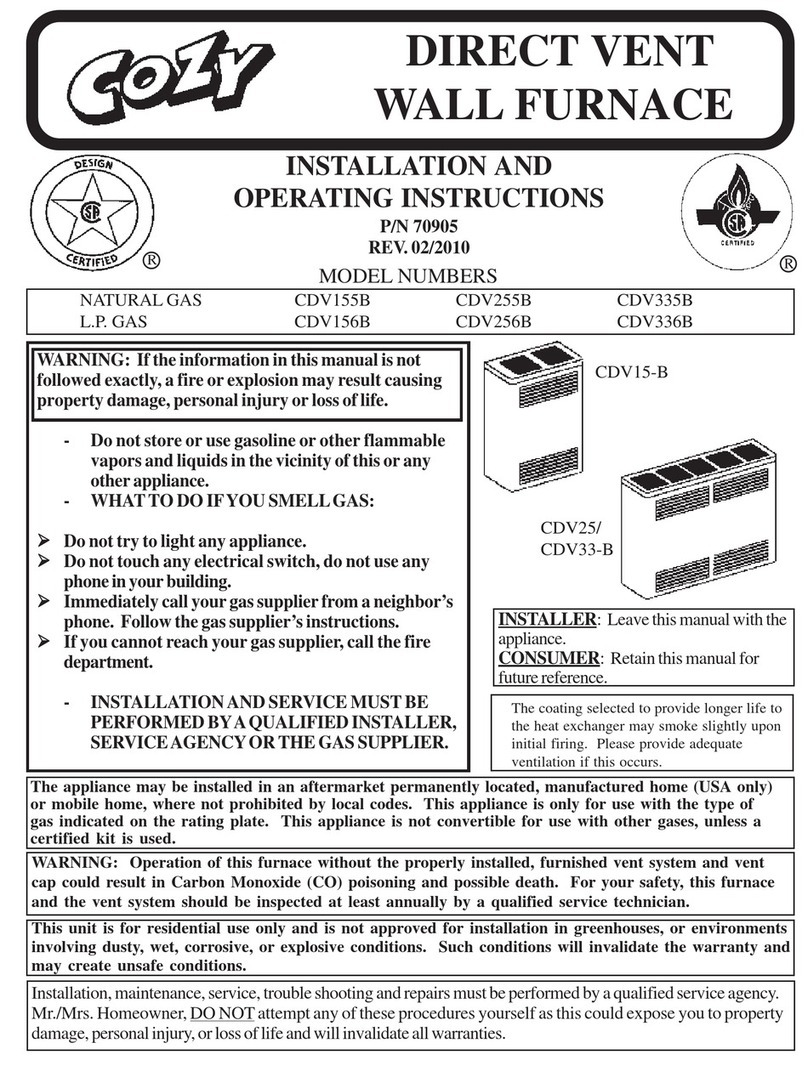
COZY
COZY CDV155B and User manual
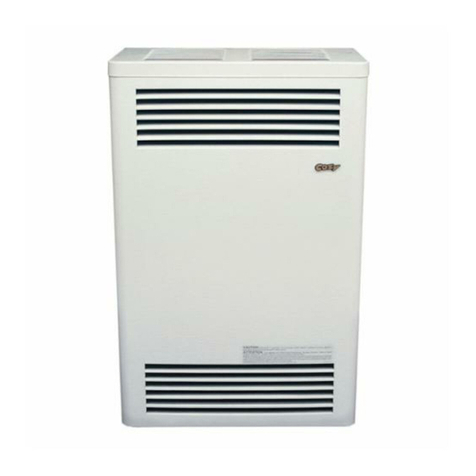
COZY
COZY CDV335C User manual
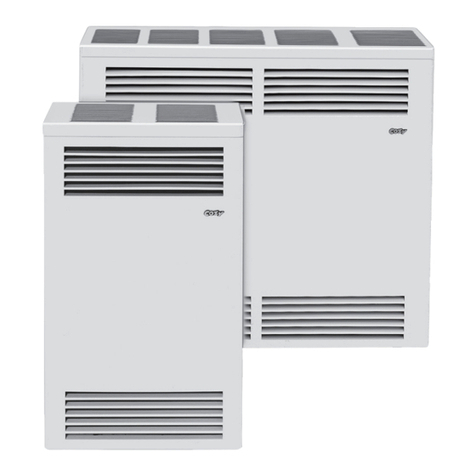
COZY
COZY CDV15 User manual
Popular Wall Furnace manuals by other brands
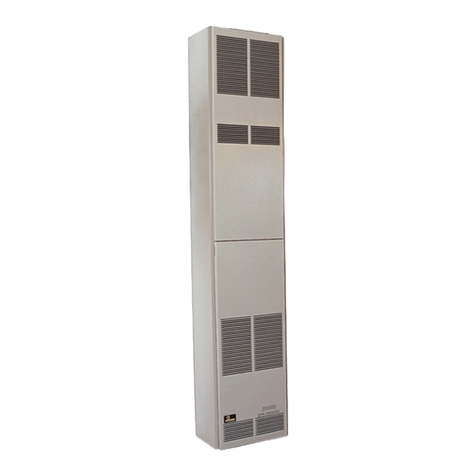
Empire Heating Systems
Empire Heating Systems FAN TYPE VENTED WALL FURNACE FAW-55IP Installation instructions and owner's manual
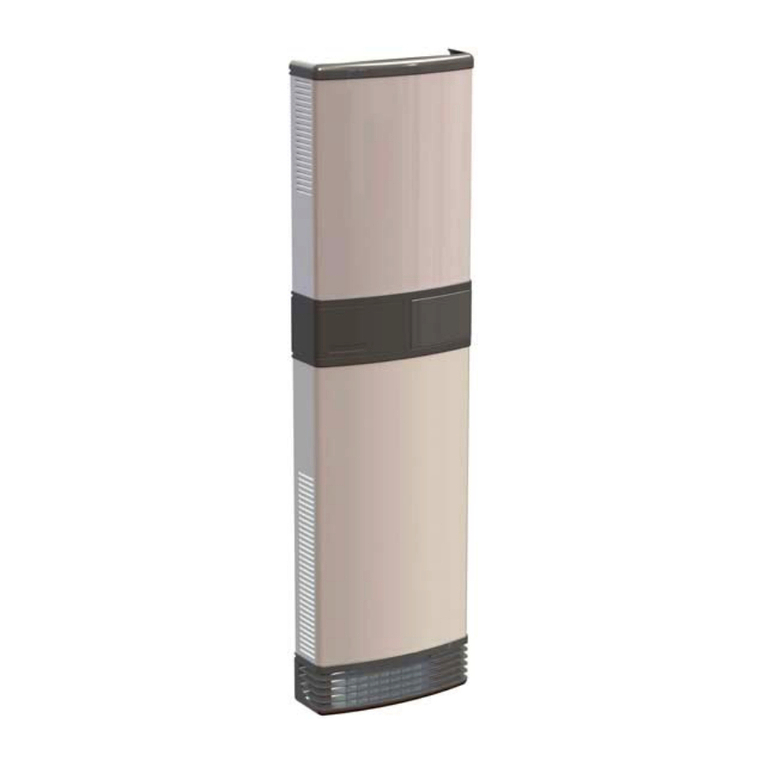
Braemar
Braemar WF2000 user manual
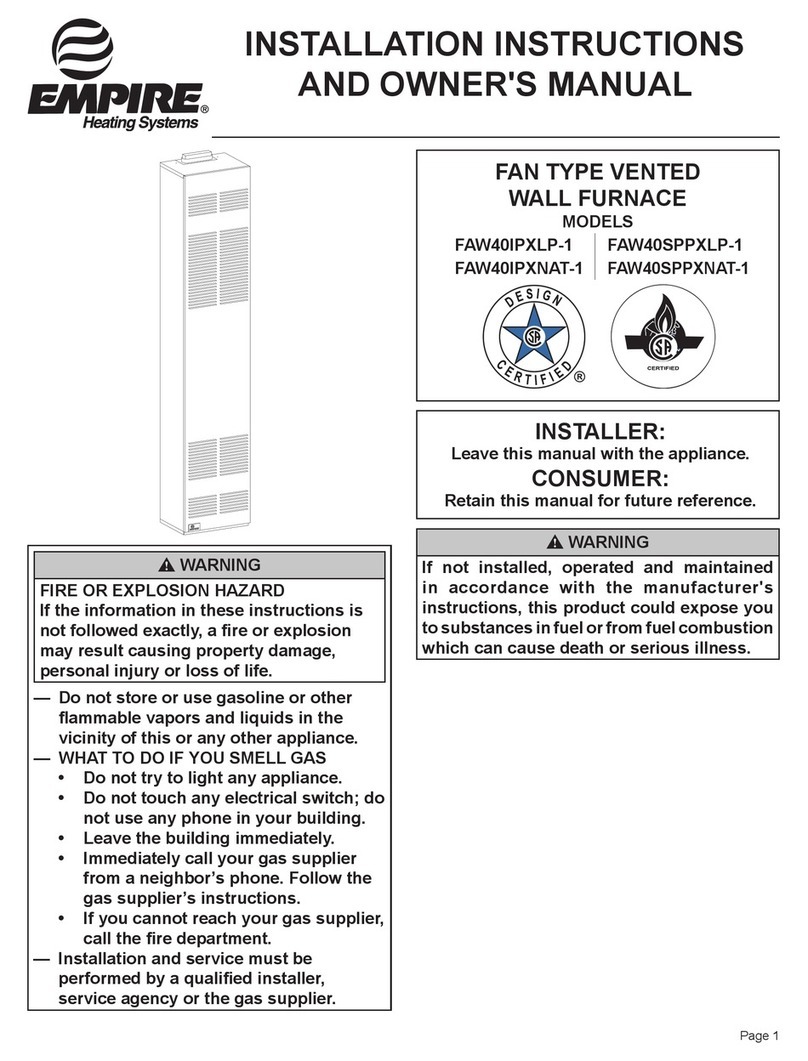
Empire
Empire FAW40IPXLP-1 Installation instructions and owner's manual
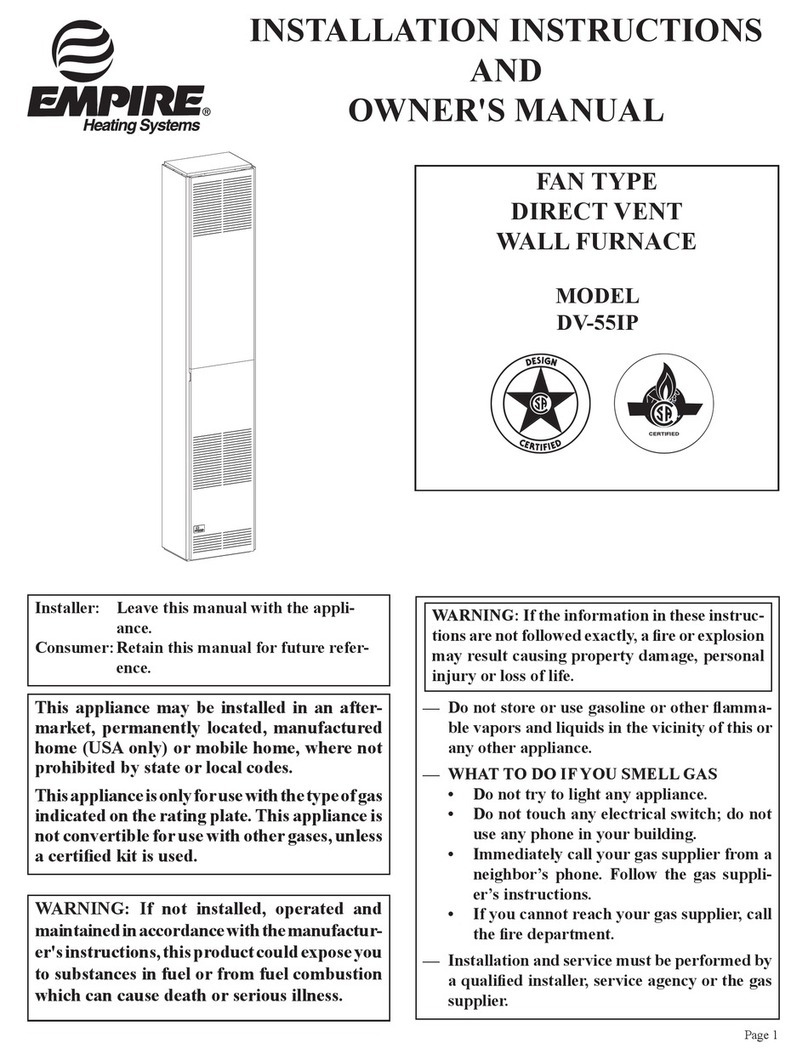
Empire
Empire DV-55IP Installation instructions and owner's manual
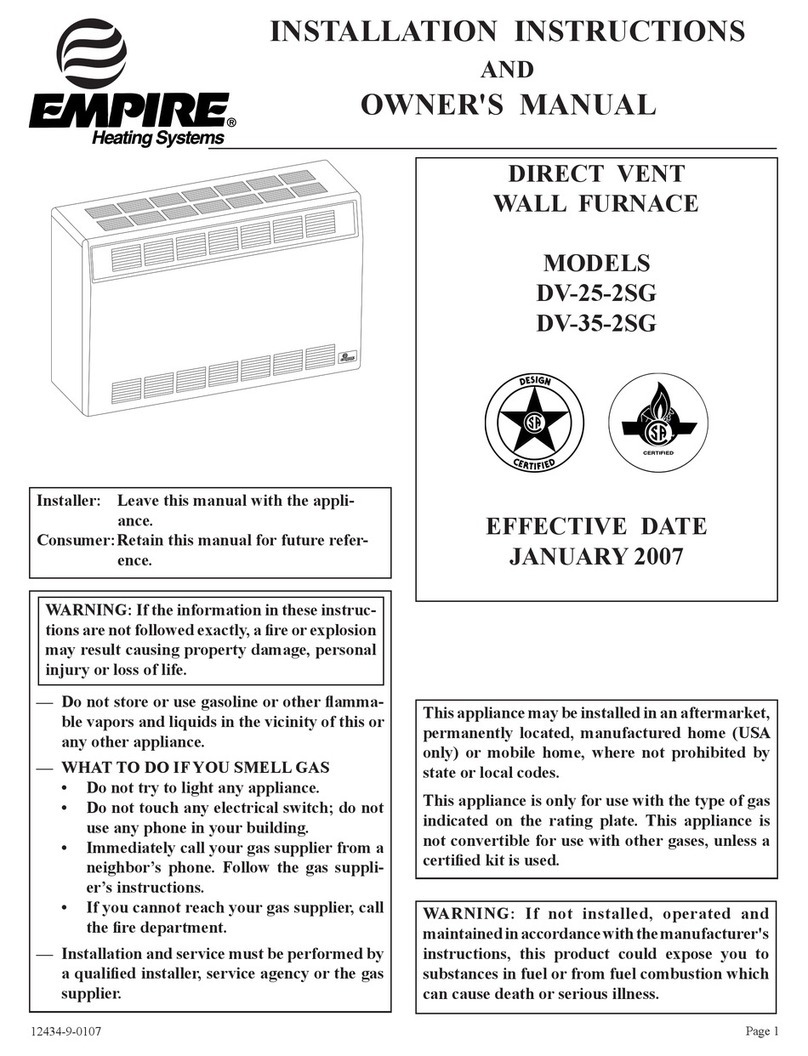
Empire Heating Systems
Empire Heating Systems DV-35-2SG Installation instructions and owner's manual
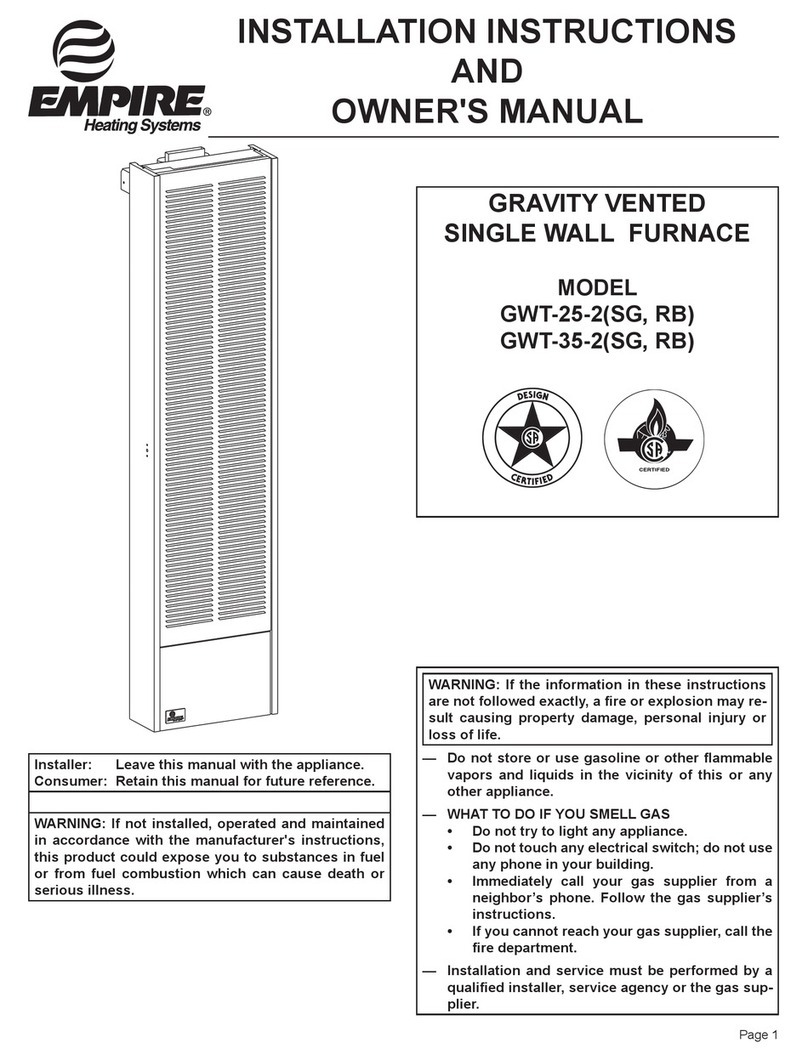
Empire Heating Systems
Empire Heating Systems GWT-25-2 SG Installation instructions and owner's manual

Empire Heating Systems
Empire Heating Systems GWT-25-2 SG Installation instructions and owner's manual

Empire Heating Systems
Empire Heating Systems DVC55SPPXLP-1 Installation instructions and owner's manual
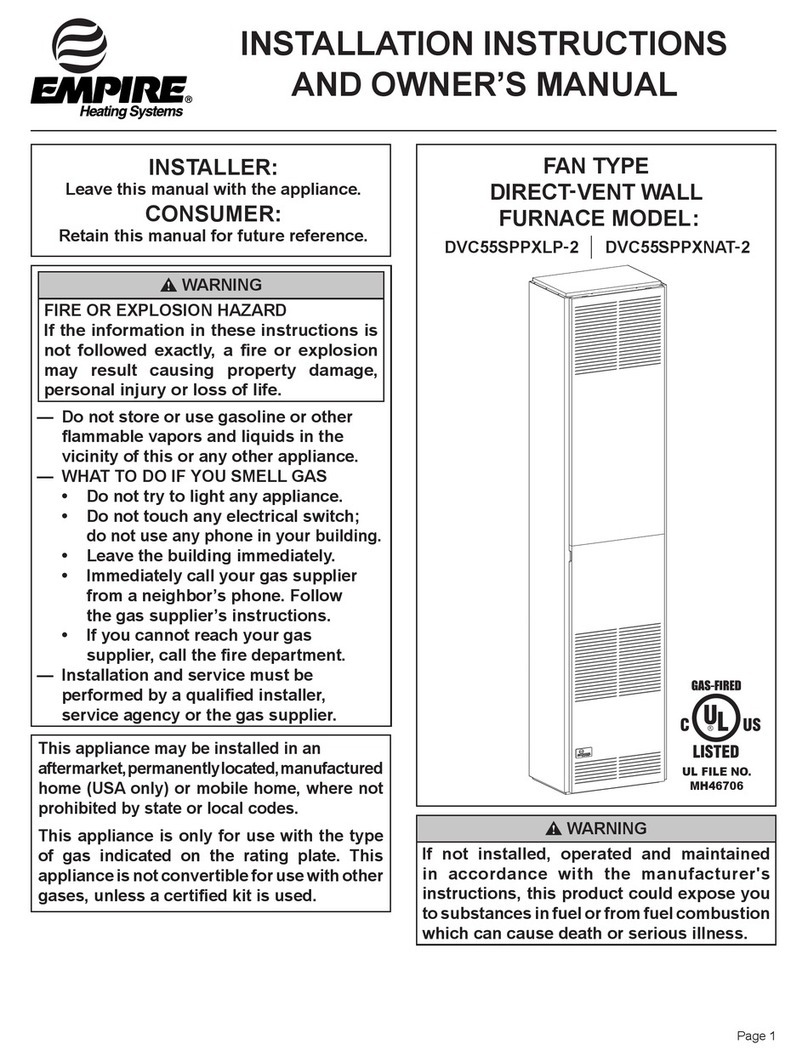
Empire Heating Systems
Empire Heating Systems DVC55SPPXLP-2 Installation instructions and owner's manual

Napoleon
Napoleon GDS3700-N Installation and operation instructions

HouseWarmer
HouseWarmer HWDV080DVN-1 owner's manual
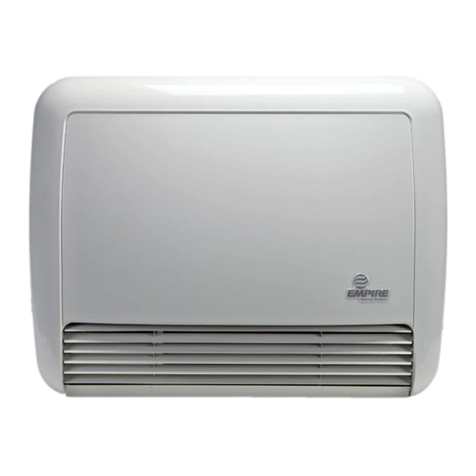
Empire Heating Systems
Empire Heating Systems PVS18(N Owner's manual and installation instructions
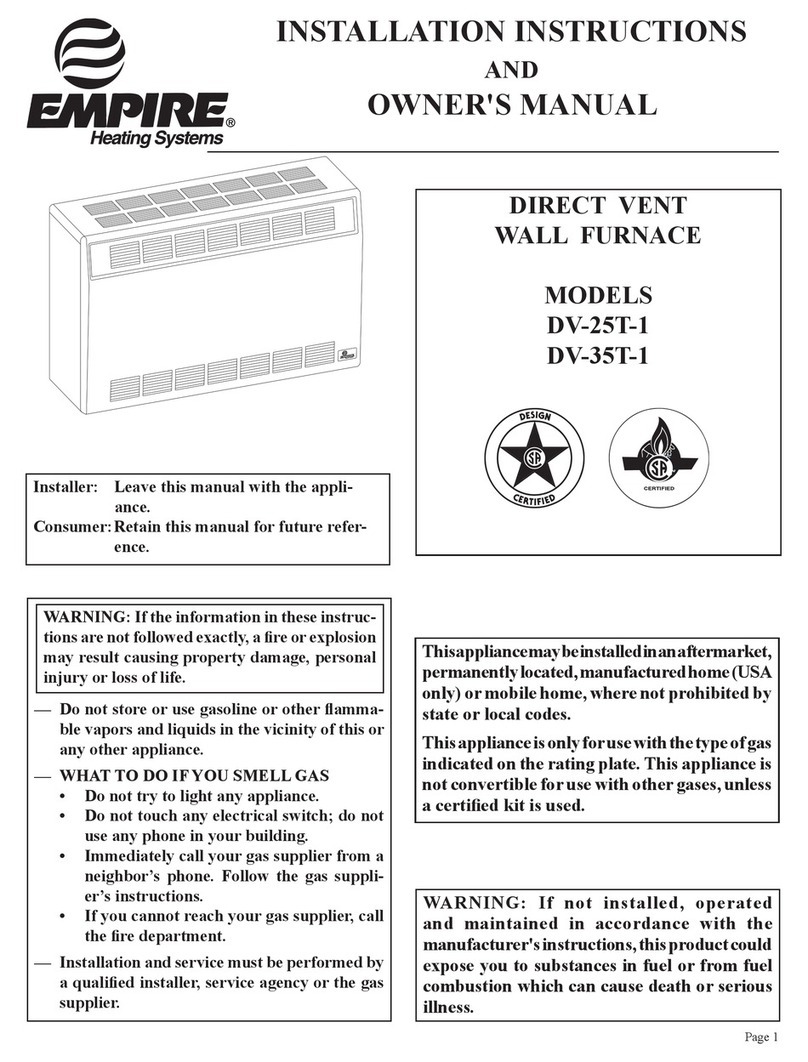
Empire Heating Systems
Empire Heating Systems DV-25T-1 Installation instructions and owner's manual
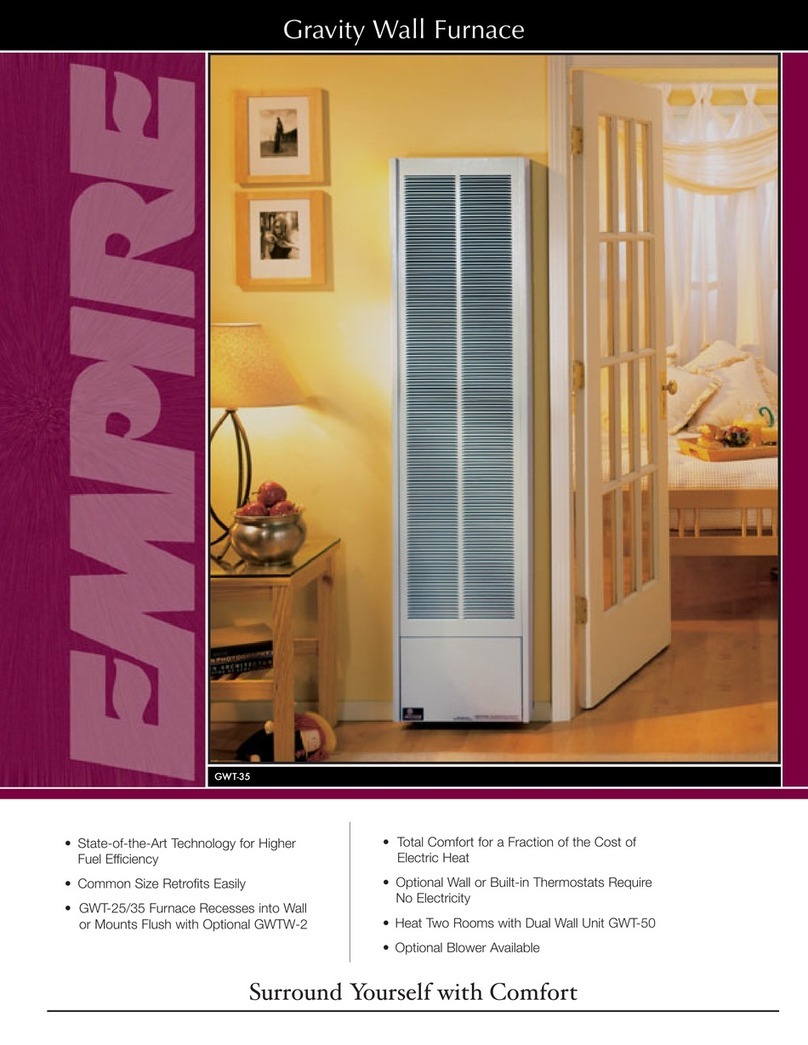
Empire Heating Systems
Empire Heating Systems GWT-25 owner's manual
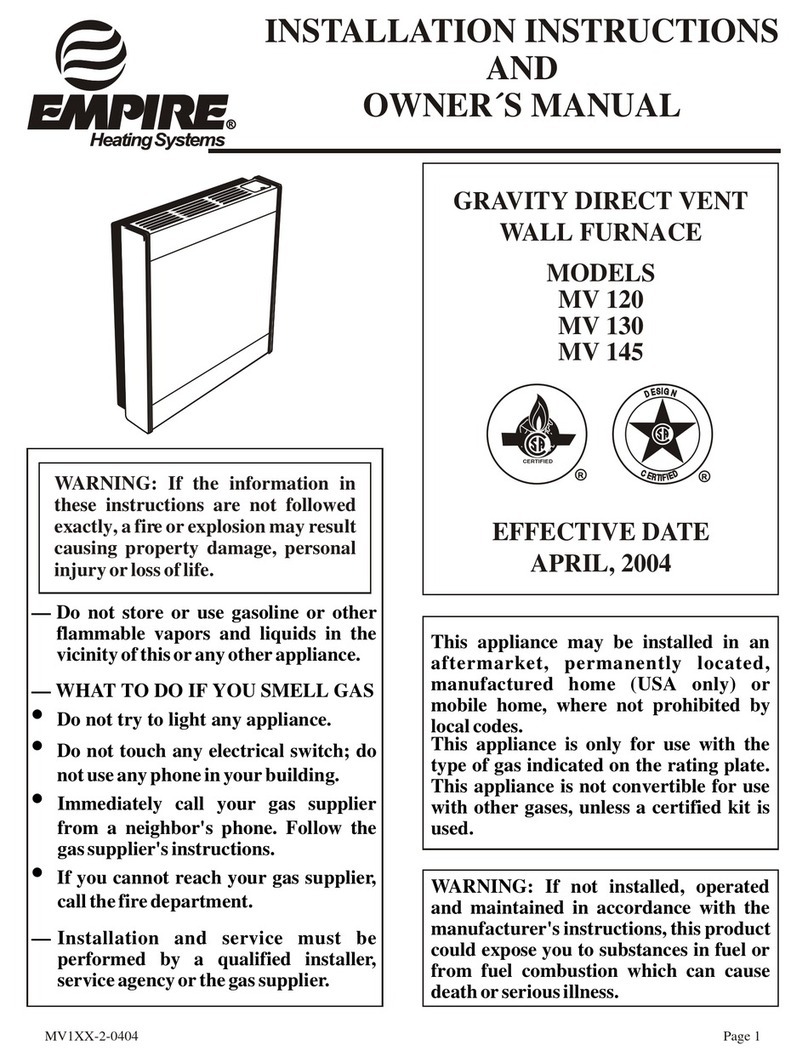
Empire Heating Systems
Empire Heating Systems MV 145 Installation instructions and owner's manual
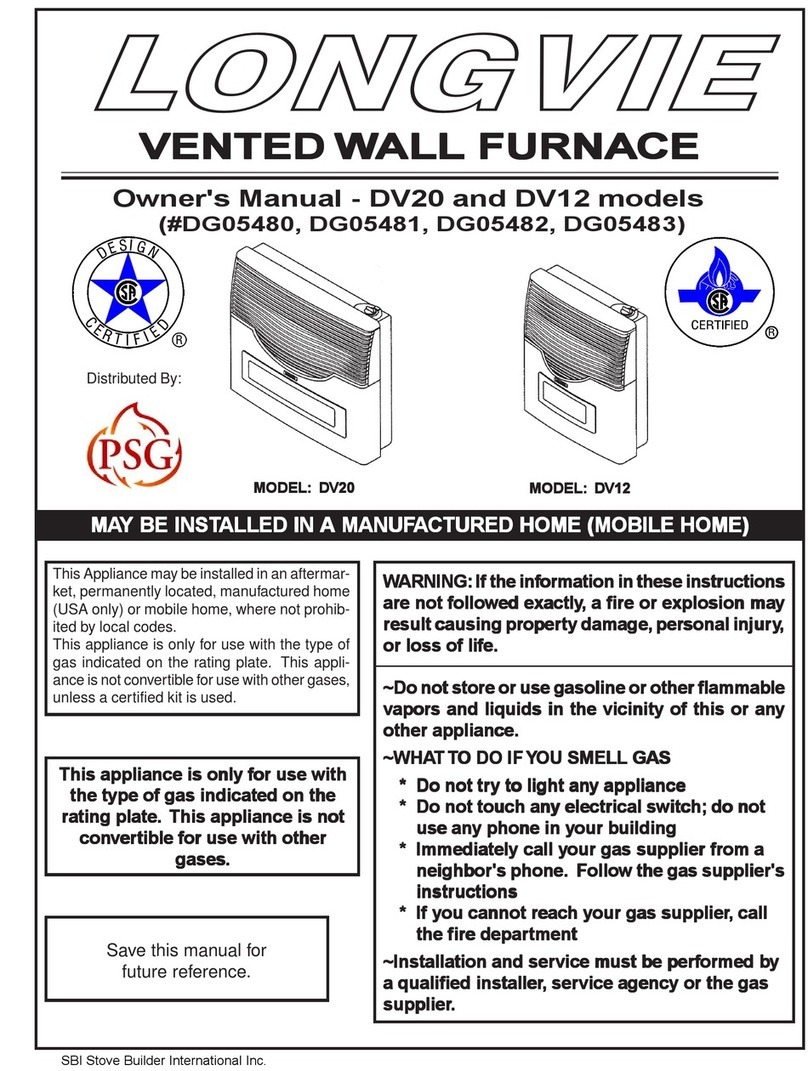
Longvie
Longvie DV20 owner's manual
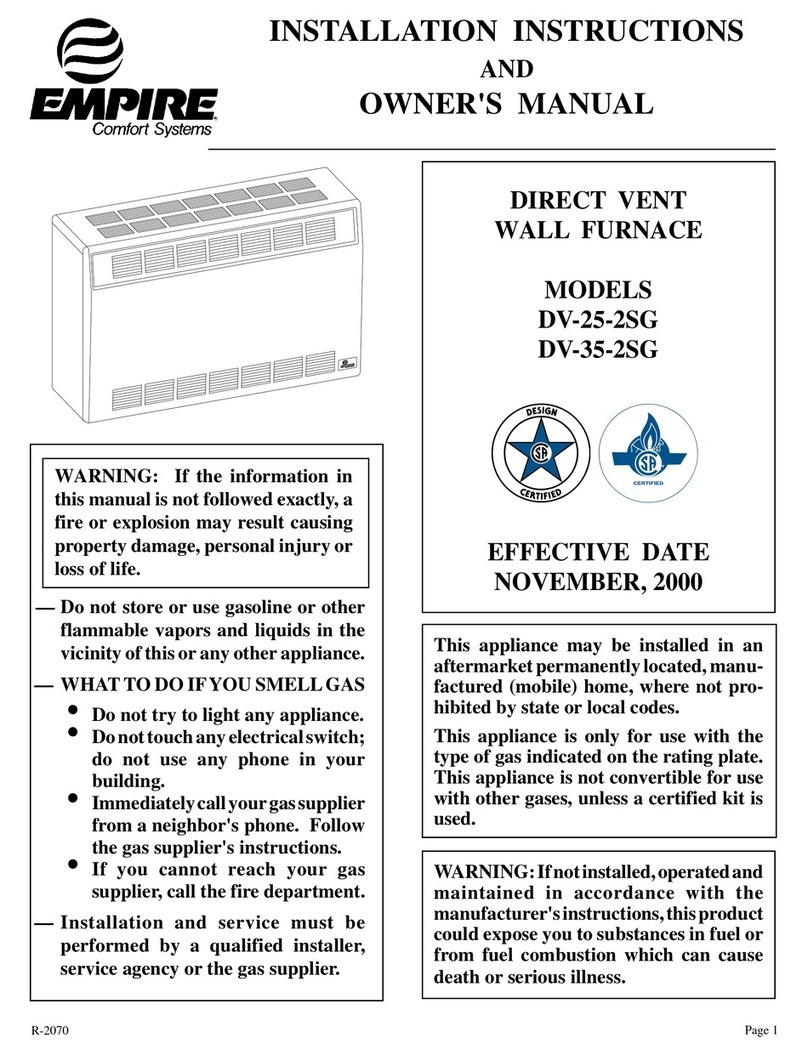
Empire
Empire DV-25-2SG Installation instructions and owner's manual
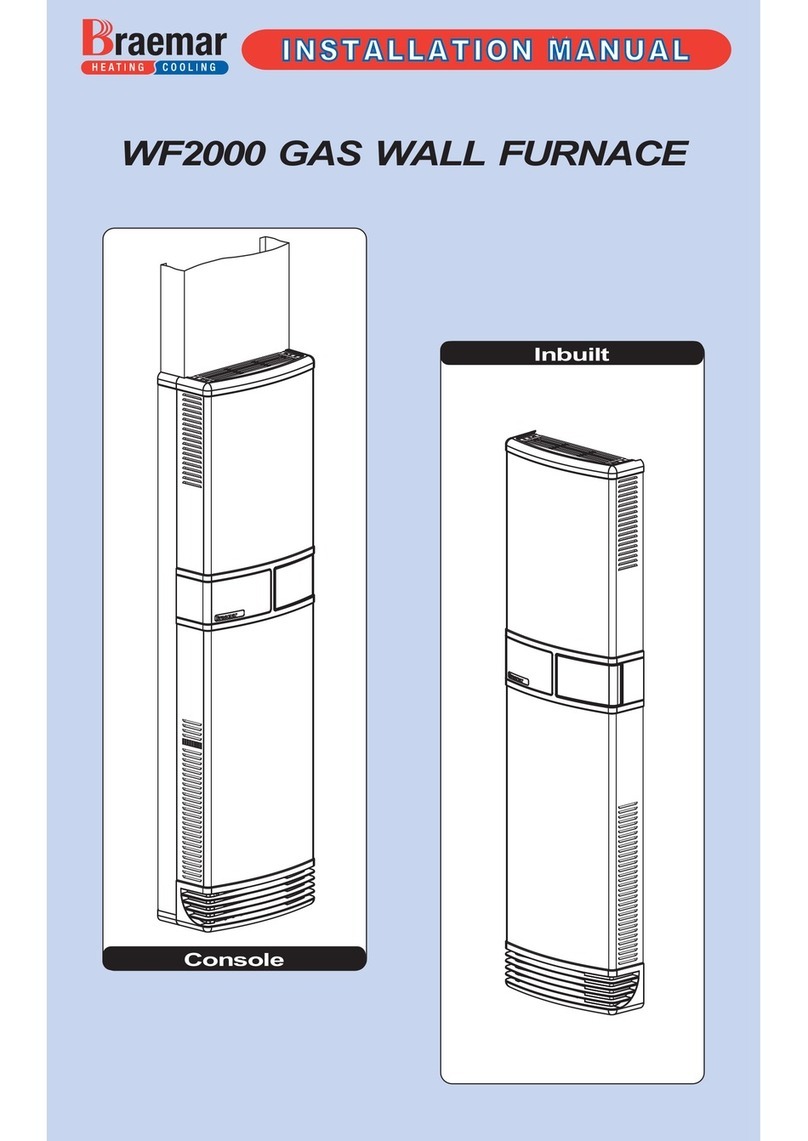
Braemar
Braemar WF2000 installation manual
